As divisive messaging permeates the national news coverage and steals headlines, the AR seems to be pushing into the mainstream even more. During a contentious, difficult past 2 years, the public has been buying guns.
Lots of them. From handguns for basic protection, to sporting black rifles for hunting, defensive use and range time, to stocking up on components like upper receivers, replacement parts and accessories – the buying public, which has welcomed a large quantity of first time gun buyers – has been on a binge.
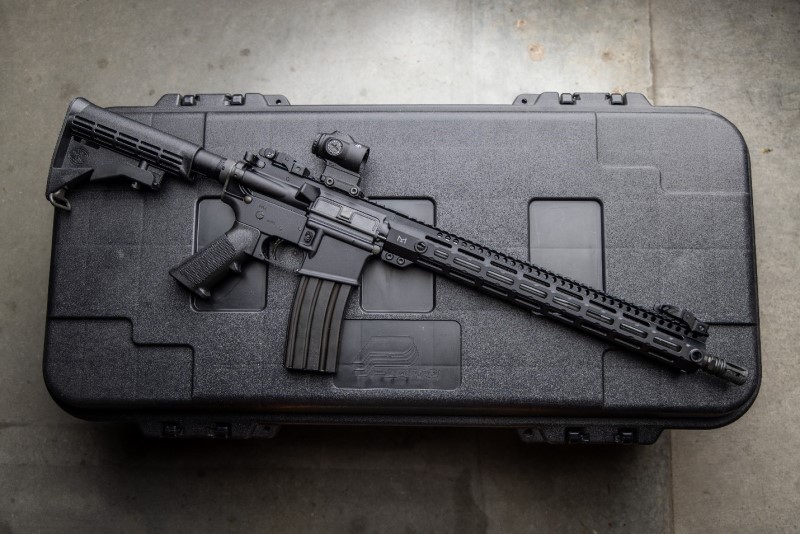
But has the main object of the affection from sport shooters everywhere, and the focus of big media ire become too ubiquitous? Is the AR-15 just a commodity and a blanket representation of the entire firearms industry, now?
A note: this article may at times seem “doom and gloom”, but it’s meant as an exercise to talk about where the AR goes from here, and the AR, as everyone knows is as innovative and interesting a platform in the gun industry that has ever existed – so please take this “doom and gloom” with a grain of salt. It’s a thought exercise, not a condemnation.
Has the beloved “People’s Rifle” become just a buzzword and a media tool, or is there still a case for uniqueness?
The Short Answer Is No, It’s Not Ubiquitous, And It Never Will Be
Without getting too political, because there are plenty of channels to discuss Second Amendment and even firearms industry politics, this is an article about whether the AR-15 has just become synonymous with guns and has lost some of its identity.
No matter where you look for an answer, you’ll find passionate supporters on opposite ends of the spectrum. With the AR-15 though, there are millions, tens of millions, possibly nearly 100 million AR’s in the hands of the public at the moment.
What used to be something unique and interesting to all who looked upon it, has about 10,000 companies in business peddling parts or accessories or even full rifle builds for the platform.
But, before the deep dive takes place, you must remember that when something is controversial, no matter the reason for the controversy, it is popular and not to be forgotten any time soon. And if the AR is anything, it is controversial.
But it’s also one of the best tools to accomplish the various jobs that it sets out to do. And therefore, without an outright ban on the platform, the AR will never be so ubiquitous as to be irrelevant. How do they say? All press is good press?
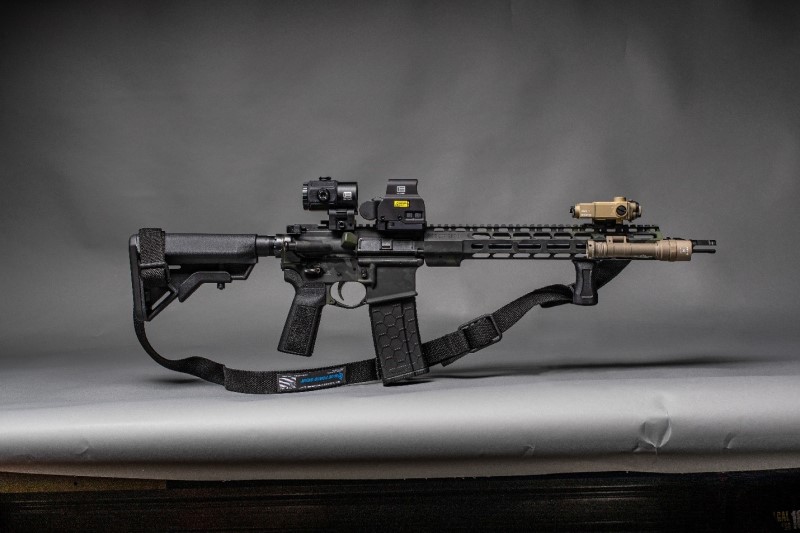
The entire market that caters to the AR platform sprang up after many years of controversy, and many years of regulatory hurdles for civilians. One might argue that it was post 1994 and post the AWB (Federal Assault Weapons Ban) that the AR made the biggest strides to becoming the mainstream behemoth category in the industry that it is today.
So, while there are some arguments to be made that the AR has hit a lull with the huge number of similar products on the market from all types of different companies, it’s quite possible that the platform that has endeared itself to the shooting community, might never be labeled ubiquitous. Given that answer, there is still more to this exploration, and it does get a bit more complicated.
The Longer, More Complete Answer Is a Bit More Complicated
The free market dictates that only things that are strong enough to survive will survive over time. The AR unseated plenty of existing products on its rise to becoming the most popular rifle in America, too. And now, no matter where you look, someone is adding to the plethora of AR-centric parts, accessories or customizations that exist.
It’s not to say that only a handful are good, but maybe there are a lot of options that don’t make as much sense. Just because you can produce a product doesn’t mean that you should produce one.
What follows, is that longer, more complicated answer.
Why Do So Many People Love the AR15?
- The AR is fun and approachable
- It’s useful for multiple needs, including hunting, defense, duty, sporting, and plinking
- The ammunition is not particularly expensive relative to the rest of the high-powered centerfire cartridges
- It’s modular, and can be tinkered with or built from scratch with minimal training, safely
- A simple upper receiver build can totally transform the gun and make it feel like you’ve added a completely new firearm to your collection, when it’s driven by the same, approachable lower
- Customization means you can have exactly what you want in a style that makes you feel good about your gun
- It’s got America in its DNA
- The history of innovation and the sheer number of available add-ons proves it has been such a great piece of the fabric of the gun industry – it feels good to be part of something like that – to be an owner of an AR
- It’s not a $15,000 dollar custom – true custom builds can be made much more affordably than any other style or class of firearm thanks to a robust market surrounding the AR
Is The Potential for Ubiquity All That Bad?
Certainly not. The idea that a perfect gun could exist, and every gun owner could have one is the utopian dreamscape of the AR concept. Ubiquity in that case is not bad at all.
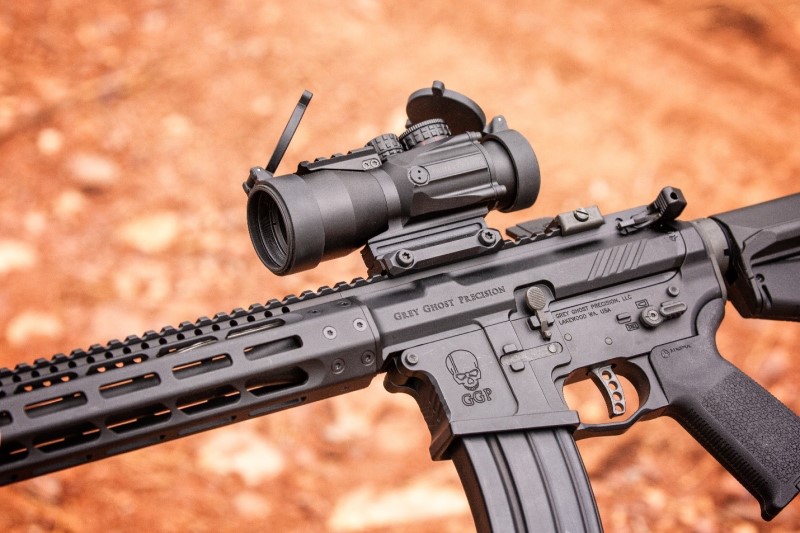
No one cares if everyone has an awesome rifle. No one cares in the gun industry if everyone can adequately defend themselves with the right tool, and that the same tool can hunt with them, or target shoot with them, or just go plinking.
No one is saying that if the AR was awesome in every facet that the simple fact that everyone would want one, would somehow diminish its intrinsic value. It wouldn’t. But alas, while the AR-15 is very polished and presentable, and does so many things well, the industry that produces the AR’s is less than perfect.
And that industry may be hoping for ubiquity and ultimately, mediocrity, because having something that is simply good, still makes money. And money makes the world go around.
Why develop new and awesome things if the market is ok with the average stuff?
Commodities Aren’t a Horrible Thing – If You Understand How to Navigate the Market
We don’t worry about bacon. We know all bacon is pretty good, unless you don’t eat meat, or pork products. We don’t worry about embedded silicon chips and semiconductors – if our products work, we don’t care if the chip costs 8 cents or $80.
Ubiquity can be a good thing, if it leads to innovative and powerful technology being produced at lower prices and having more availability to larger groups of those who can use the products. Commodity products are all around us.
But here’s where it gets tricky: there is a large and growing population in the gun industry that wants the best. They buy only the best. They require true innovation or true capability. And if the makers are only catering to the market that doesn’t clamor for that innovation or improvement or proof of capability, eventually, that part of the market gets smaller, and less interesting to the hardcore users.
We begin to see everyone accepting the fact that only mediocre, substantially similar products are available, or that the truly great minds in the industry are resting on their laurels because making money from the bottom of the market is so much easier than spending on R&D and making truly great stuff.
We allow products to be made in cheaper labor markets. Or we allow brand names to become licensed to be slapped on inferior products. We begin to see the erosion of the idea that made the AR great in the first place – the idea that it was a palette that could be built with whatever someone innovative was dreaming up and producing – is returning to something different.
The same thing it was before the catalyst of the increasing federal firearms legislation and the increasing ex-military population in the civilian firearms markets which together, helped to drive innovation.
What we see is a return to the idea that instead of being a concept of a rifle that can be built by assembling a bevy of great components, it is instead a rifle, to which you can add what’s available on the market. The idea that design, and innovation could drive the entire industry doesn’t exist anymore if we let it get to that point.
We have silent rifles in the .300BLK. We don’t need any more innovation on suppression technology or cartridge design to enhance quality of life.
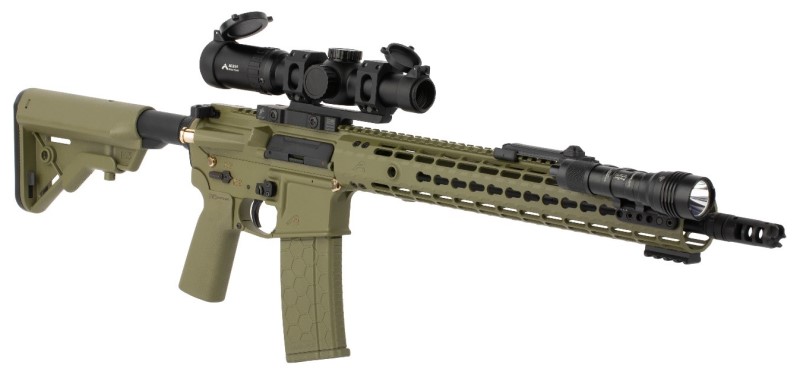
We have maintenance free, reliable magazines in the PMAGs (or insert your favorite AR mag here). We don’t need different magazines, or different ways to approach feeding ammunition to our guns.
We have the perfect twist rates. Why spend time developing something that can only enhance performance by 7%, when what we have is good enough.
We don’t need any new systems because there are direct impingement systems and there are direct gas driven systems.
We don’t need better stocks because Troy or Magpul or some other company already designed a great one.
But that’s why the AR market is where it is today (as in – highly lucrative), because those companies didn’t know they had something so great until the market saw it and adopted it. That innovation drives new money in-flows.
So yeah, we’ve seen some concept of this commoditization of components and accessories, and even rifles.
How many no-name machine shops will incorporate a company so they can manufacture another billet aluminum lower receiver this year? Too many.
And that is not a knock-on industry or businesses trying to make ends meet. It’s an admittedly hot take on the state of the AR market as it sits right now. Too many players exist to feed the perceived desires of consumers, where those desires, deep down, are for new and innovative, not more of the same.
Perception, when decided on by committee and driven by marketing departments, may not be reality.
How The Market Works, May Surprise You
Speaking of “job shops” – that’s how the big manufacturers ensure they have enough supply to make their full rifle builds and supply parts to the market – they shop out contracts for specification-driven parts to machine shops with excess machine capacity.
They buy at a discount because the machine shops need cash flow and will take whatever they can get to help pay the payroll or their CNC mill payment. That’s not a bad thing. But it has emboldened job shops to become producers of excess capacity in the market.
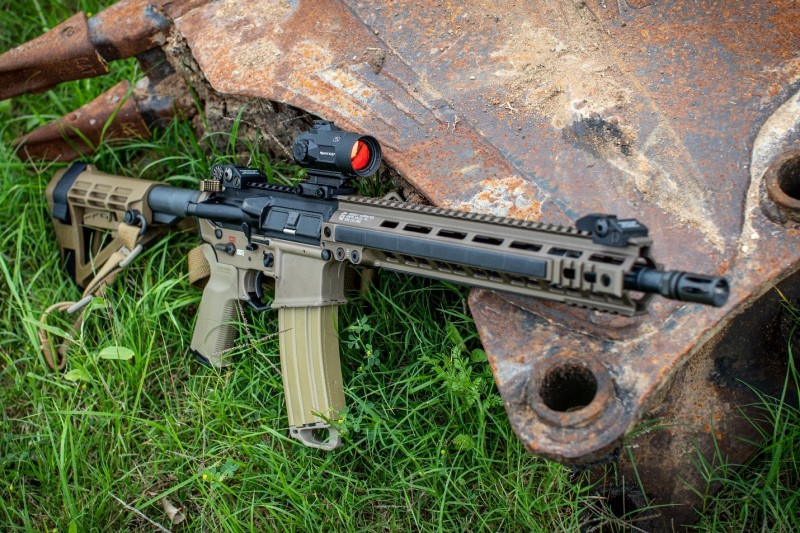
This concept, while not an overtly bad thing, leads to bad things if not kept in check.
If every job shop thinks they can make money producing bolts, then we get a glut of bolts. That means that distributors and dealers lose markup because they need to move inventory to maintain profitability.
If every job shop thinks they can make money by producing billet lowers, then we get billet lowers in every conceivable flavor; for cheap.
Put that on the backdrop of the very real capacity issue that occurred this past couple of years where supply chains for raw materials were disrupted by the obvious events of 2019/2020 etc. When there is a glut, many companies go out of business, but some sub-par inventory remains.
Then, when the supply is needed, only mediocre options exist, and the market softens for the most lucrative consumer base because nothing is cool and interesting on the market.
But more than that, there are not enough strong companies in existence because their markups were too low to be competitive or well-run companies, because all they needed at the time was cash flow, not profitability. They weren’t building long-term companies; they were meeting demand with their excess supply.
The never-ending cycle of boom-and-bust mentality is also keeping the market in a “non-optimal” position.
The big guys get bigger, and don’t have to be innovative anymore because they have the name recognition, and the small guys cannot compete with marketing budgets, or pricing, or distribution contracts. So, innovation goes somewhere to slowly die.
It happened in the 1980’s in the gun industry, and the AR helped revive it (the dying innovation). So, if the AR DOES become ubiquitous what platform will be the AR’s AR? For the sake of the AR, the AR needs to be innovative again.
Is The AR The New Symbol of the 2nd Amendment?
The AR-15 is certainly the media’s favorite tool for spreading doom and gloom. Forget that you are more likely to die from a hammer attack than an AR-15 in the USA, the idea that the AR is tied to the Second Amendment has been cemented into reality.
Call it the modern musket, call it an assault weapon, it doesn’t matter – in the minds of the public without education on proper and realistic terminology about firearms – the AR-15 is the “one gun”.
Heller in many people’s minds is about the AR. It’s not.
In the public’s viewpoint, the Supreme Court is “going to decide the debate about AR’s this year”. It’s not.
If it’s got a wood stock it’s not an AR-15, but if it has a handguard or a black stock it’s an AR. Where to even start on that one?
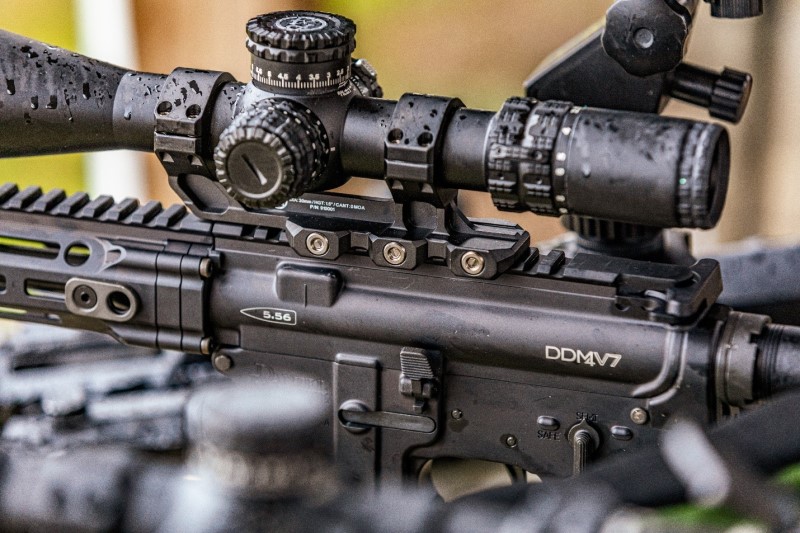
The thing is, the AR has become a ubiquitous idea in most people’s minds because they aren’t being told the whole story. And that speaks to areas inside the industry to some levels. Companies pivot to make money on the AR because it’s hot.
Forget that many of them have never had any history denoting a connection to the AR, the money exists, and people like modular builds so that company is now part of the AR market.
We see court cases labeling the AR incorrectly, and politicians make slips of the tongue, where the AR-15 is called the AR-14, or an assault rifle – even sometimes, by the people who champion the right to keep and bear arms.
There is a level of care that should be there to help issue accurate information in the public sphere that seems to be downplayed because once you show a long gun with a magazine and a black set of furniture, everyone already knows it’s “that gun – the AR” Doesn’t that stand for “assault rifle”? It doesn’t.
And yet, part of the hardcore Second Amendment supporters group WANTS the AR-15 to be the poster child for the Second Amendment. Partially because it most closely relates to the capable firearm that anyone protecting their freedom would outfit themselves with, because of:
- Availability to parts
- Ammunition
- Reliability
- Customizability
- Modularity and ease of maintenance
- The approachability of the gun
Not to mention the ability to create whole new classes of firearms capable of an incredible range of tasks from the single concept of the AR-15.
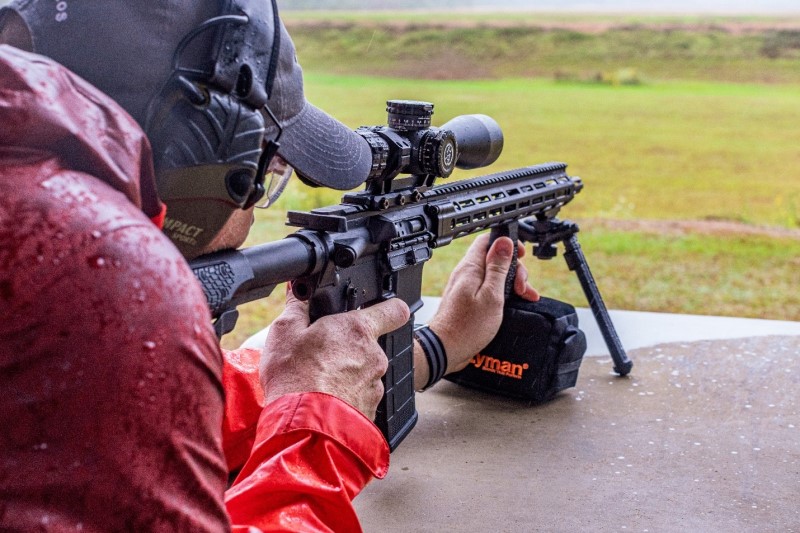
The AR-15 is a stacked concept. It is better than anything out there, objectively, if you look at the sum of all the parts that make up its ecosystem.
If there is a gun that echoes the idea of the Second Amendment, the AR, one that is made for the military, capable of stopping realistic threats and yet, usable, understandable, and adopted by the civilian population, should be the one.
The Biggest Hurdle for The AR Isn’t in The Market, It’s in The Political Arena
The point of this article was to take stock of the state of the industry for the AR-15, not start a political discussion. But the point that should come across most abundantly is that the AR market must be awesome to keep the steadfast allegiance to the idea of the AR going.
If we allow it to become something that just exists because we refuse to make it better, then something else will eventually come along and take its place.
Worse, perhaps, is that without a strong inside-the-industry backing of the most innovative platform in the history of the firearms industry, eventually it will lose on political grounds and then it’s a regulatory death from there, or a public perception death.
And that’s the problem with ubiquity – if there isn’t a reason to care, people stop caring and then, the people who are opposed to the idea of that product or platform can win in a war of attrition, by default.
There’s so much more life left in the AR industry, and there have been some promising innovations, most notably the small potent cartridges that now drive great intermediate ballistics and superior accuracy, like the .224 Valkyrie, and the .300 HAM’r and the 6.5 Grendel and the 6.8 SPC. etc.
More innovative concepts can push the AR-15 into the next level of its life cycle – but where will that innovation come from?
[Note: This was a guest post.]
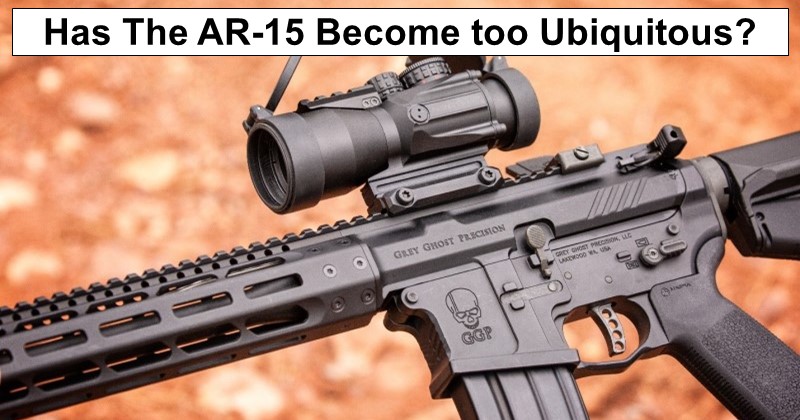
Leave a Reply